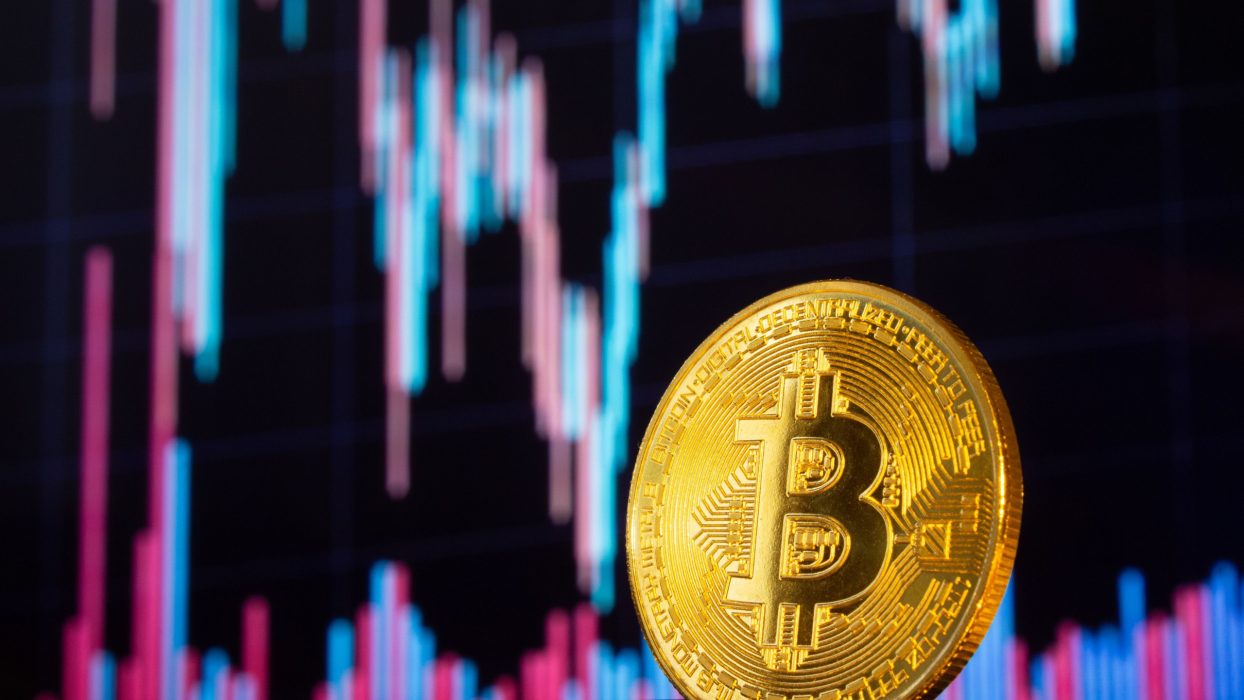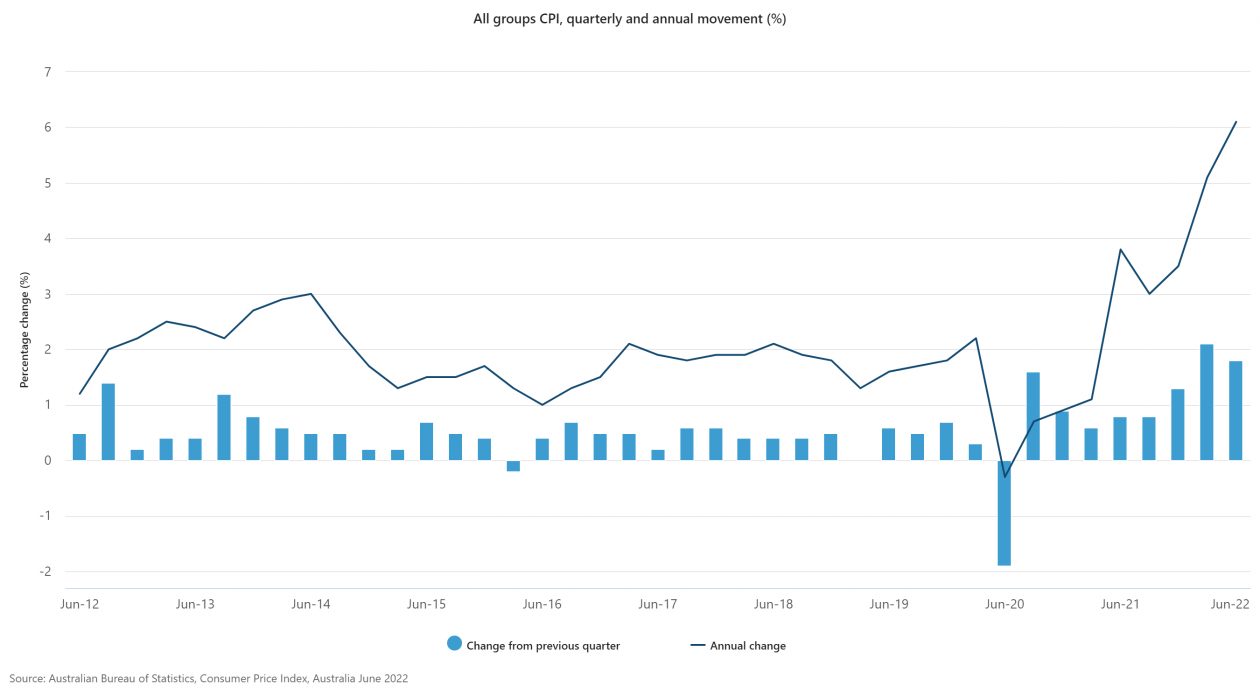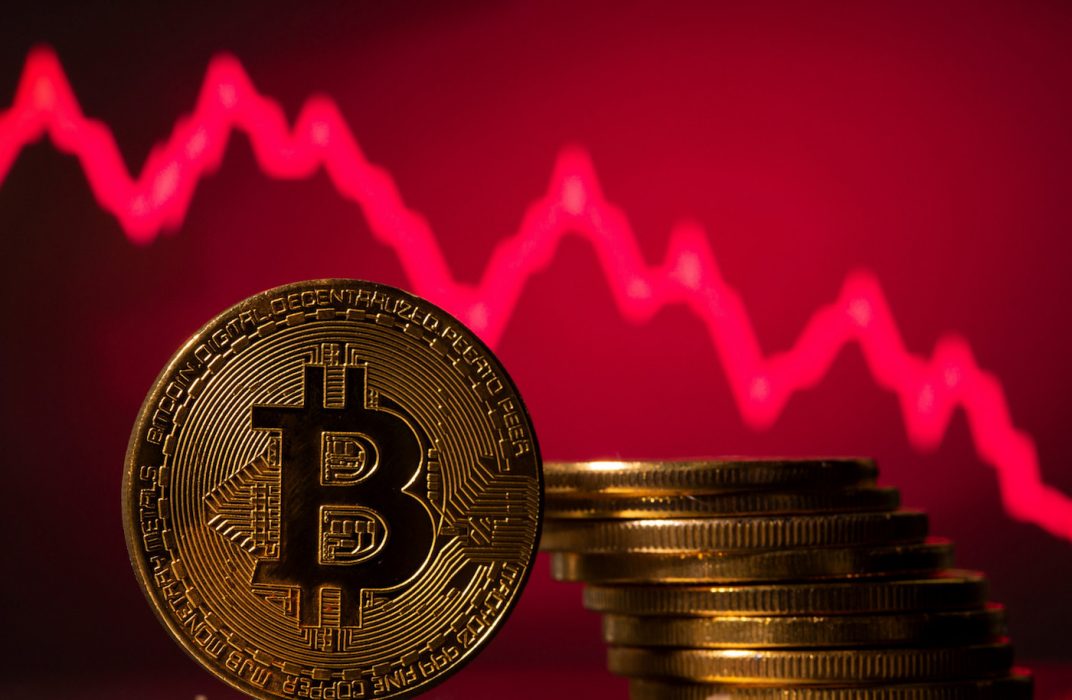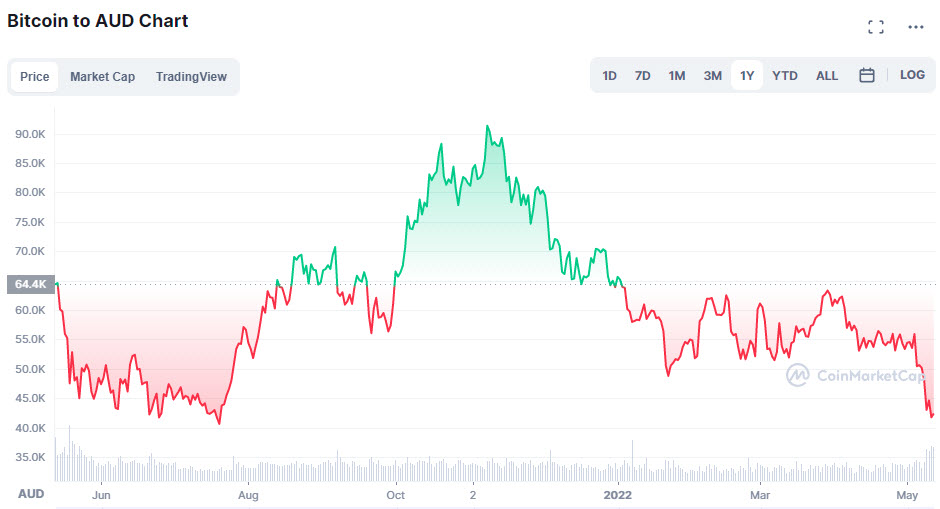The President of El Salvador, Nayib Bukele, announced via Twitter that the Central-American nation will start accumulating Bitcoin (BTC) at the rate of one Bitcoin per day starting from today, November 18, 2022.
El Salvador previously became the first country in the world to recognise Bitcoin as legal tender last year and already reportedly owns 2,381 Bitcoins.
So far however, El Salvador’s foray into Bitcoin investing hasn’t paid off — the nation is estimated to have spent around US$100 million on Bitcoin, which is currently valued at around US$40 million, meaning it’s currently sitting on unrealised losses of around US$60 million.
The International Monetary Fund has previously warned that the country’s use of Bitcoin poses “large risks” when it comes to the stability of El Salvador’s financial institutions, financial integrity, consumer protections, and liabilities related to the use of public money to fund Bitcoin’s adoption.
We’re Still Early, Says El Salvador
El Salvador had not bought any BTC since July, when it picked up 80 BTC at the price of around US$19,0000 per coin.
But since BTC’s price has fallen in the wake of the FTX collapse, El Salvador apparently believes now is the time to start dollar-cost averaging.
On Twitter, Bukele explained his belief that BTC is “the opposite” of FTX, stating BTC was designed specifically to avoid frauds and bank runs, and that purchasers of BTC are “still early.”
Justin Sun Chimes in to Match El Salvador
The founder and CEO of the Tron blockchain, Justin Sun, responded to Bukele’s announcement by stating that Tron DAO will also start buying 1 BTC per day to store in its reserve. The Tron DAO Reserve is used by Tron to maintain the value of Tron-based stablecoins and to mitigate other financial risks to the blockchain.
If El Salvador continues to buy at the rate of 1 BTC per day for a prolonged period of time it could substantially increase its bitcoin holdings by the the time the next crypto bull market arrives.
For a country already saddled with significant national debt, this aggressive BTC accumulation strategy is high risk — both Bukele and the citizens of El Salvador will be praying it pays off over the next few years.
















